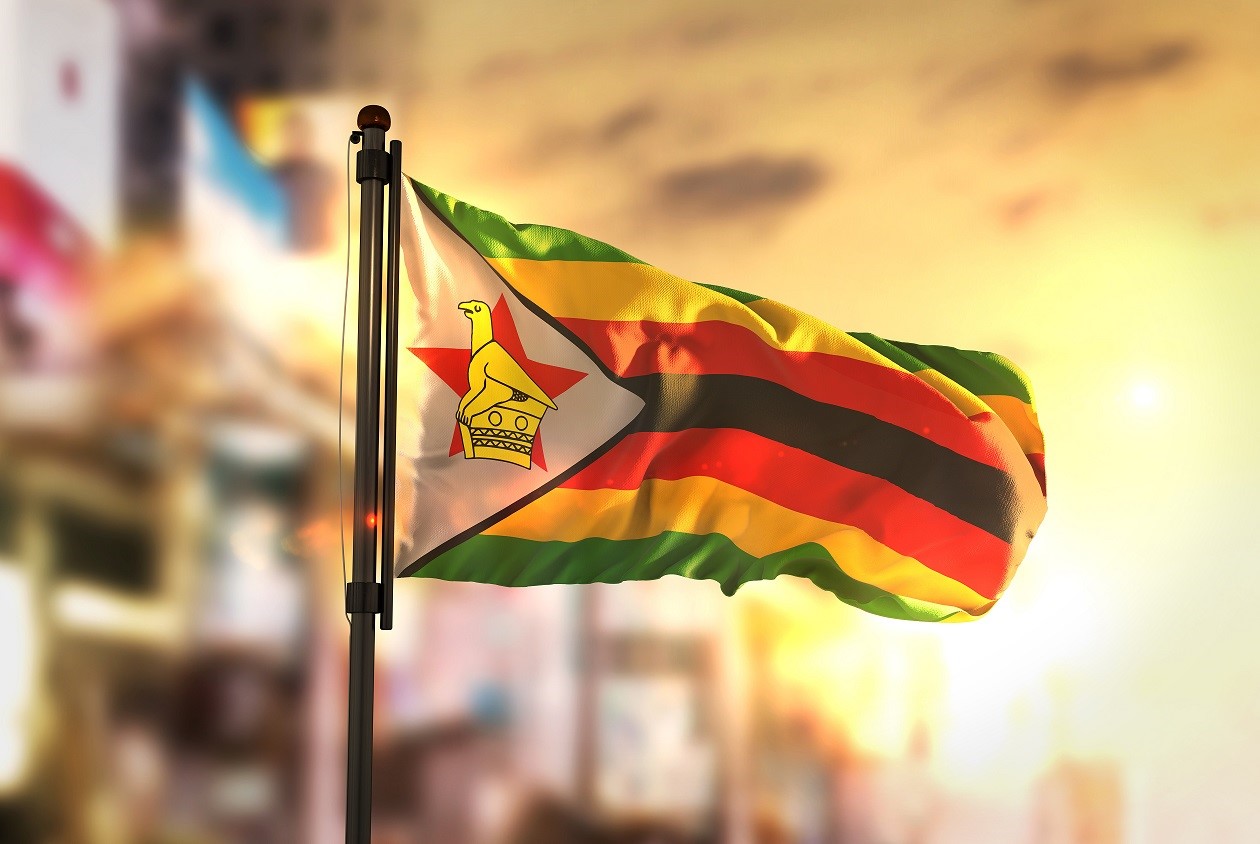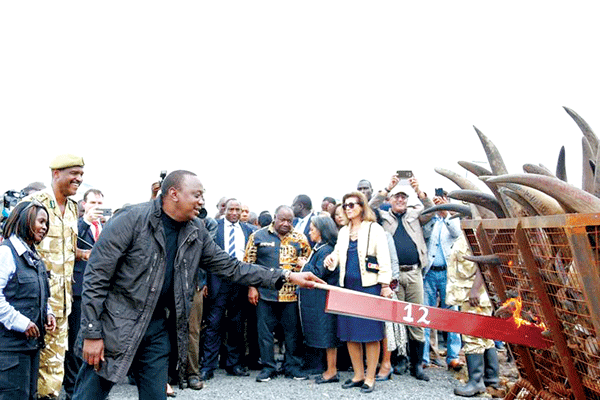
OVER the years, Zimbabweans from all walks of life have deliberated on the Gukurahundi genocide with caution as well as indifference.
GUEST COLUMN BY Tjenesani Ntungakwa [email protected]
It is essential to note that the internal disturbances which took place in Zimbabwe around the early 1980s cannot be discussed forever in hushed tones. The situation, presents itself today as a problem whose ideological repercussions might be felt for some time to come.
To begin with, it is necessary to give a background and working definition of this subject of interest. In Shona, gukurahundi refers to the first rains that break up the previous calm and introduce the wet season. Normally, the initial downpour takes everything with it that stands in its path. In the process, such creatures as lizards, dead mice, twigs, debris and the bones of wild animals are completely cleared off.
The term gukurahundi became a widely used euphemism for one of Zimbabwe’s military brigades formed after independence. To be precise, 5 Brigade was established outside the exercise aimed at integrating former Rhodesian Security Forces, Abel Muzorewa’s Pfumo Revanhu militia, Zanla and Zipra combatants into the new national army.
Whereas most of the retraining to consolidate the Zimbabwe National Army (ZNA) was handled by the British Military Advisory Training Team, 5 Brigade resulted from a programme spearheaded by North Korean instructors.
In a documentary entitled Soul in Torment and directed by Prudence Uriri, one former 5 Brigade soldier gave some insight into the Gukurahundi operations.
He explained that at the conception of 5 Brigade, a signal from Defence Headquarters was sent particularly to ex–Zanla combatants who had been integrated into other units of the ZNA. Ideally, they were earmarked for appointment as officers in the 5 Brigade of which the preferred mode of transport were Land Rovers.
- Chamisa under fire over US$120K donation
- Mavhunga puts DeMbare into Chibuku quarterfinals
- Pension funds bet on Cabora Bassa oilfields
- Councils defy govt fire tender directive
Keep Reading
Unconfirmed assessments of the unit suggested that there could have been some foreigners among Zimbabwean soldiers. Conclusions based on submitted accounts of those who survived, imply that there could have been members of the Tanzanian Peoples’ Defence Force in the 5 Brigade ranks. Unsubstantiated claims from the locals in affected areas pointed out to the presence of army personnel in 5 Brigade uniforms who conversed in a language that was different from our local languages.
One is left to conclude that they might have possibly been Tanzanians whose major tongue happens to be Swahili. Anyway, postulations of this kind do occur whenever a question of such magnitude is left to sideline forums like beerhalls and minibus ranks. Despite the arguments that might be put forward concerning who was responsible for which atrocities, civilians bore the brunt of the commotion.
At the announcement of a general amnesty in 1986, not more than 150 dissidents handed in their weapons before television cameras.
By then thousands of Zimbabweans had been killed under very bizarre circumstances at various locations countrywide. Some still have etched in their memories the loss of loved ones that occurred at such infamous points as the Bhalagwe torture centre. Bhalagwe was said to be an interrogation facility run by the Central Intelligence Organisation where suspected dissidents and their alleged sympathisers were detained.
Reports indicated that some people were thrown down abandoned mine shafts with their hands tied together. Several others were never accounted for. A few came out of the trauma without limbs and other organs.
However, there is still a way forward on the Gukurahundi issue. The political leadership in Zimbabwe cannot abdicate their role in addressing the spiritual as well as material scars of Gukurahundi. President Robert Mugabe is one of those who are strategically placed in bringing the matter to an open forum. Given that background, the Gukurahundi atrocity cannot go without open discussions to accompany it. The formula could follow a fact-finding format, with an objective to document and talk openly.
Deliberations of such a kind could take place with the involvement of the various political, civic, religious, traditional as well as other relevant organisations.
In that way, the impact and extent of damage would be assessed. The initiative can also begin by a far-reaching acknowledgement on the part of Mugabe, based upon the fact that he was the head of government, then and now. The idea is to demonstrate fully that Gukurahundi was a national problem, not a confrontation between Shona and Ndebele.
In essence, the spirit of our newly-adopted Constitution after years of the Sadc-brokered government of national unity (GNU) can be a platform for looking at the Gukurahundi problem with new lenses. It should not be a less important agenda in our discourse. The GNU came about as a result of protracted dialogue in which the country’s leaders were involved.
The Gukurahundi chapter needs to be compiled by Zimbabweans so that it ends up as a notion for healing rather than a representation of mayhem. Eventually, every politician in this country shall find themselves confronted with unanswered questions in future if nothing is done right away.
Tjenesani Ntungakwa is a researcher on Zipra










